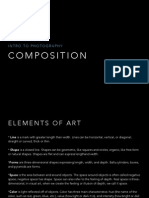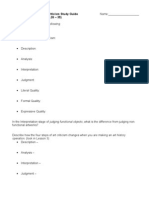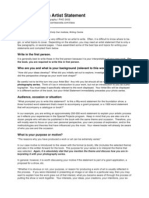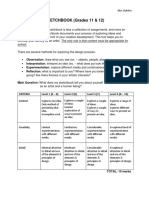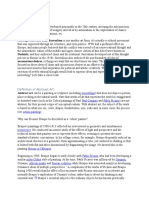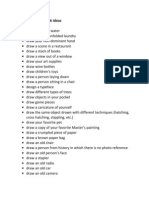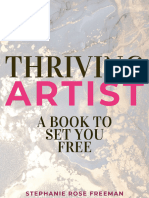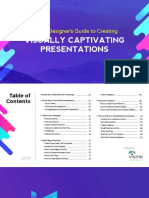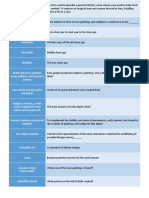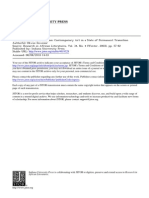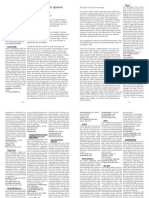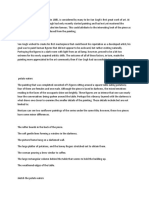0% found this document useful (1 vote)
358 views7 pagesART 1113 Final Study Guide
This document provides a study guide for an ART 1113 final exam, outlining key topics, people, works, styles, and terms from chapters 3.1 through 4.8 of the course. It includes over 100 multiple choice and short answer questions about art history, ranging from achievements of early civilizations to artistic responses to war. The study guide covers a wide span of world history and cultures, focusing on developments and themes in the visual arts.
Uploaded by
Customs by JakeemCopyright
© © All Rights Reserved
We take content rights seriously. If you suspect this is your content, claim it here.
Available Formats
Download as PDF, TXT or read online on Scribd
0% found this document useful (1 vote)
358 views7 pagesART 1113 Final Study Guide
This document provides a study guide for an ART 1113 final exam, outlining key topics, people, works, styles, and terms from chapters 3.1 through 4.8 of the course. It includes over 100 multiple choice and short answer questions about art history, ranging from achievements of early civilizations to artistic responses to war. The study guide covers a wide span of world history and cultures, focusing on developments and themes in the visual arts.
Uploaded by
Customs by JakeemCopyright
© © All Rights Reserved
We take content rights seriously. If you suspect this is your content, claim it here.
Available Formats
Download as PDF, TXT or read online on Scribd
/ 7


